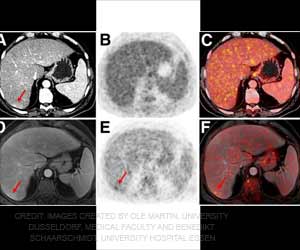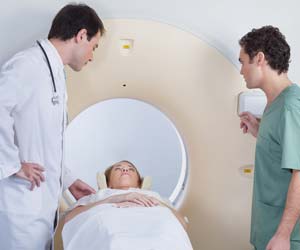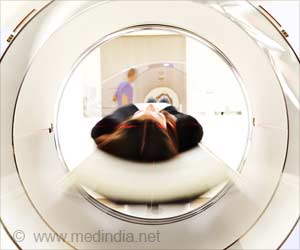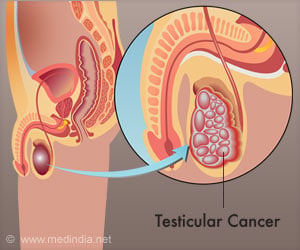PET/MRI improves lesion detection and reduces radiation exposure in several cancers when compared to PET/CT according to a new study consisting of more than 1000 oncological examinations.

‘Positron emission tomography/magnetic resonance imaging (PET/MRI) improves lesion detection and reduces radiation exposure and additional examinations in several cancers. PET/MRI could be used for treatment monitoring in cancer patients.’
Read More..




The study is published in The Journal of Nuclear Medicine.Read More..
PET/CT is known as the diagnostic cornerstone due to its high-resolution morphologic imaging and sensitivity. PET/MRI has higher soft-tissue contrast and lower radiation exposure.
There is no sufficient clinical data for PET/MRI due to the lack of clinical studies with relevant sample size.
The current study compared 1,003 whole-body PET/MRI examinations with whole-body PET/CT examinations on 918 patients from a single center.
The oncological indications included lung cancer, gastrointestinal cancer or neuroendocrine cancer, head and neck cancer, prostate cancer, lymphoma, gynecologic or breast cancer melanoma, malignant bone disease, and cancer of unknown primary.
Advertisement
- Additional findings and probable diagnosis on PET/MRI that were missing on PET/CT
- Additional but indeterminate findings on PET/MRI requiring additional examinations or follow-up
- Classification of indeterminate findings on PET/CT by PET/MRI
- Missed findings on PET/MRI in comparison to PET/CT
- PET/MRI reported additional finding in 26.3% of the examinations when compared with PET/CT
- In the 26.3%, additional malignant findings were detected in 5.3%.
- A change in TNM staging in 2.9% due to PET/MRI
- Definite lesion classification of indeterminate PET/CT findings was possible in 11.1% using PET/MRI
- In 2.9 %, lesions detected on PET/CT were not visible on PET/MRI.
- Malignant lesions were missed in 1.2 % on PET/MRI, leading to a change in TNM staging in 0.5%
- Estimated mean effective dose for whole-body PET/CT amounted to 17.6 ± 8.7 mSv, in comparison to 3.6 ± 1.4 mSv for PET/MRI
- PET/MRI resulted in a potential dose reduction of 79.6 %.
Advertisement
Source-Medindia














